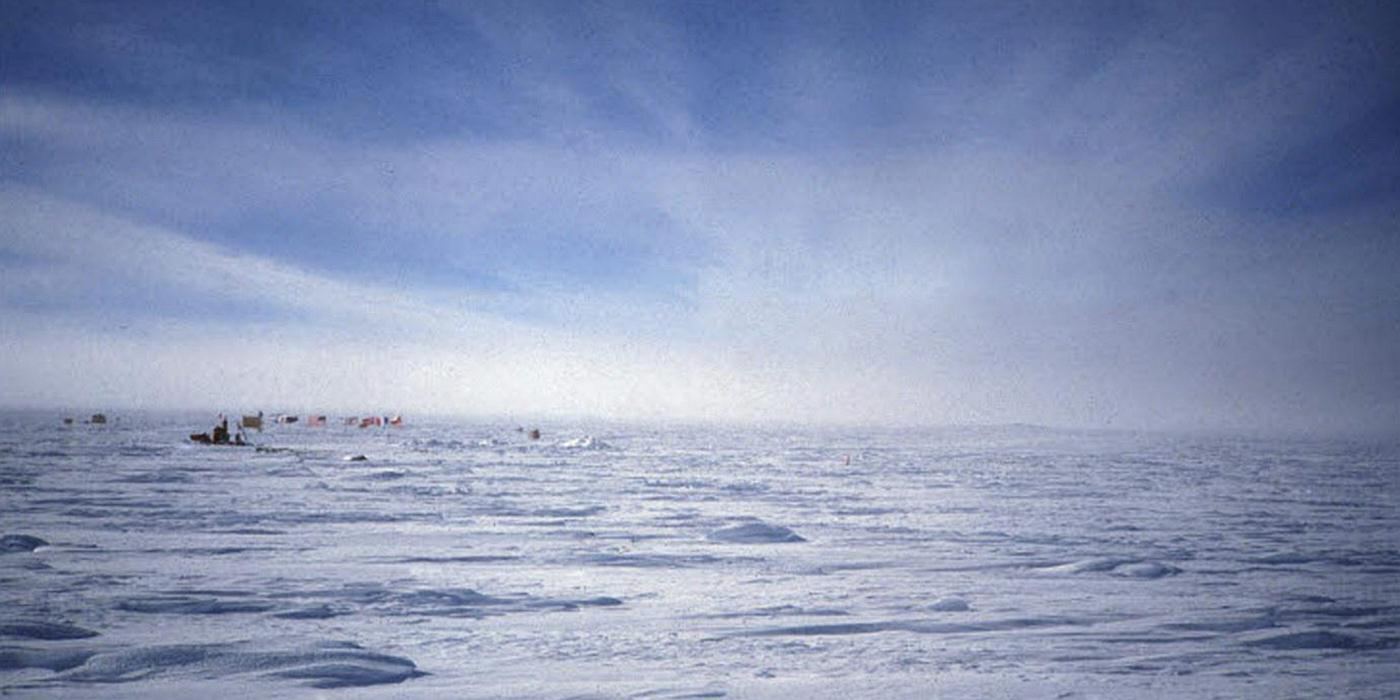As we have explored the “Green world” together, you may have gotten the impression that “environment” and “environmentalist” have very little in common.
You are familiar with the word “ghetto.” In today’s parlance, a “ghetto” is an area of a modern city inhabited mostly by African-Americans. Actually, this is not at all what “ghetto” means. A ghetto was a place in most European cities during the 1800s where Jews were required to live. The key word here is required. Civil rights leaders during the 1960s saw the economic and social isolation of America’s blacks as analogous to the legal isolation of Jews in Europe. While nobody can quarrel with the analogy, their use of the word “ghetto” to describe predominantly black areas carries with it the implication that there is legal sanction to the isolation. Since this is not true, in effect they changed the meaning of the word “ghetto.” Civil rights leaders wanted to implant an image in the mind of America that equated the historic treatment of European Jewry with the then-current treatment of African-Americans.
It obviously worked. Our language is dynamic – today, “ghetto” means exactly what civil rights leaders wanted it to mean. Unfortunately, it is now impossible to convey to a listener the concept of the original ghetto without adding a lengthy explanation.
Exactly the same thing is happening to the word “environmentalist.” It used to describe a person who was professionally concerned with the scientific study of the environment, just as a physicist studies physics and a historian studies history. But it is beginning to describe an extremist political activist whose interest focuses on the environment and whose solutions to perceived problems include significant government involvement and – often – radical measures.
Fortunately, there still are classical environmentalists around. Admittedly, some of these also fit the “new” definition, but many quietly pursue their research in the classic scientific mold.
No rational individual would disagree that healthy change is good for our society. One can even argue for the occasional use of force – after all, America’s nationhood started with a revolution. When Earth First members drive steel spikes into trees, however, that cause loggers’ power saws to shatter with potentially horrendous consequences for individual loggers, they go too far. Our modern society contains elegant mechanisms for bringing about needed change peacefully, without disruption, and without ecoterrorism.
The Nature Conservancy (TNC) is an environmental organization that totally understands this principle. TNC works by identifying the species and ecosystems in greatest need of immediate protection and determining areas that should be set aside to ensure their survival; protecting habitats and natural systems through direct land acquisition, by gift or purchase; and managing for the long-term the protection of species and ecosystems on more than fourteen hundred TNC-owned preserves in all fifty states and encouraging compatible use of those sanctuaries by researchers, educators, and the public.
All TNC does is purchase land where there are endangered species or ecosystems – a simple, elegant solution to a complex problem!
TNC has over a million members, including many of the nation’s top corporations. Surprise – corporations, and the men and women who run them, care, too! In the United States, since 1951 TNC has purchased or acquired millions of acres of old-growth timber, native grassland, endangered mountain plants, marshland, and white-oak savannah. It currently has a holding of 12,098,000 acres in the United States and 61,750,000 acres internationally.
The Nature Conservancy is a mighty oak that holds up all kinds of sky. It sure beats spiking trees!
© 2006 – Robert G. Williscroft





Sorry, comments are closed for this post.